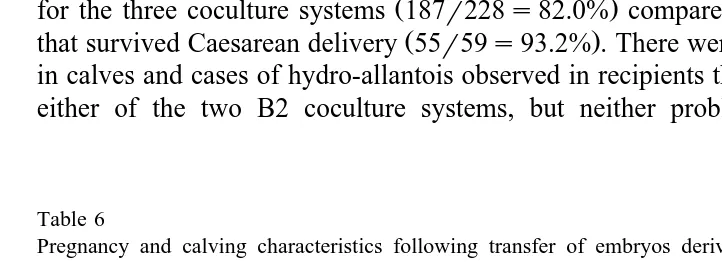Directory UMM :Data Elmu:jurnal:A:Animal Reproduction Science:Vol60-61.Issue1-4.Jul2000:
Teks penuh
Gambar



Dokumen terkait
In this trial, the aim was to determine factors affecting pregnancy rate and embryo viability of DNA-injected embryos following transfer, and to examine the overall ef®ciency of
factor-I IGF-I that collectively restrain estrogen production by dominant follicles. Up-regulation of LH pulses and peripheral IGF-I in association with the NEBAL nadir
The availability of reliable diagnostic ELISA and PCR techniques, which can test milk or serum samples for virus or antibodies, has simplified BVDV surveillance and improved
Recent advances in research on seasonal infertility are discussed with a special focus on implications of the generally recommended restricted post-mating feeding strategy of the
The purpose of this paper is not to review the literature to evaluate the effectiveness of different treatments of reproductive disorders or methods used in pharmaceutical control
The penetration of the zona pellucida is a crucial step during fertilization. Spermatozoa that are unable to recognize and bind to the zona pellucida glycoproteins or respond to
molecular traits precluding sperm access to the ovum or ability to engage the ovum sufficiently to initiate fertilization and the block to polyspermy. Differences in fertility
Immunosterilization involves the ability to use pZP glycoproteins to produce an immune response that leads to the animals sterilization by destroying oocyte r granulosa cell